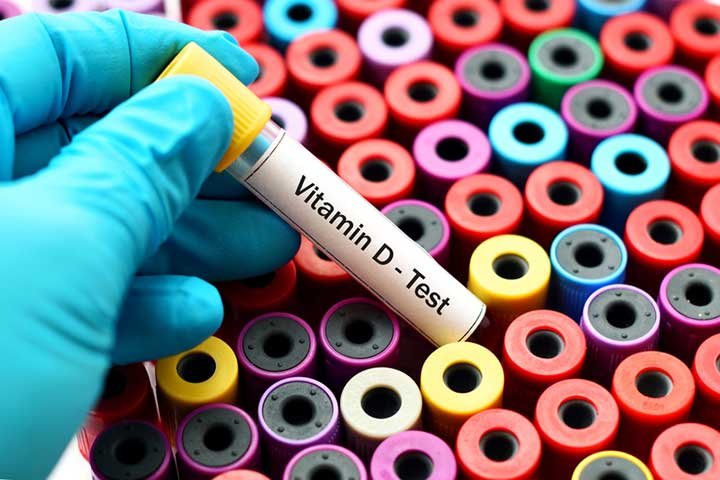Inside BENEO’s new pulse plant: pioneering sustainable protein from faba beans
New technology capable of bringing down the testing cost to many folds
KL Deemed-to-be University,in Vaddeswaram (Andhra Pradesh), has developed a unique handmade paper sensor that can measure Vitamin D deficiency with high accuracy.
The sensor is for quick and reliable monitoring of Vit-D. This technology can lead smaller clinics, dispensaries in remote areas, medical facilities in geographically inaccessible locations, and smaller facilities to now measure Vitamin-D deficiencies without any bulky equipment or labs.
The sensor is developed by designing a paper electrode in a specific dimension and printing the patterned electrode on an A4 photocopy paper with a specially designed ink – Conductive Ink – that includes cobalt-silver doped copolymer-ionic liquid and acts as a sensor to detect Vitamin D deficiency.
The strip, along with two common electrodes (Reference and Counter Electrodes) is then dipped in the patient’s serum sample containing electrolyte solution in a voltametric cell. An amperometric measurement is recorded at a constant potential. The obtained current corresponds to the level of Vit-D concentration. The 3 electrodes are connected to a Potentiostat, which is further connected to a monitor on which the lab technician can view the results of the vitamin D sensor.
The cost of this paper sensor will come to approximately Rs 40 to 50, whereas the cost of commercially available tests for Vitamin-D in hospitals and labs is around Rs 1500 to 2000.
The team at KL University has further tested the proof-of-concept with several real-life samples and concluded that the accuracy of this sensor is at over 94% which is at par with the existing commercially available tests. The sensor produces results and generates the reports within 30 minutes, saving crucial time for diagnoses.

